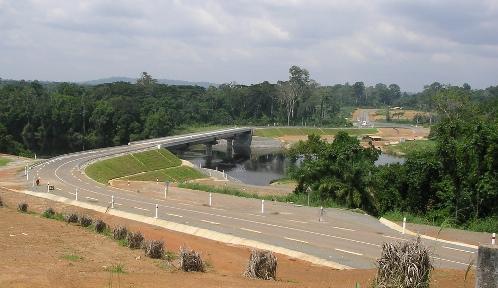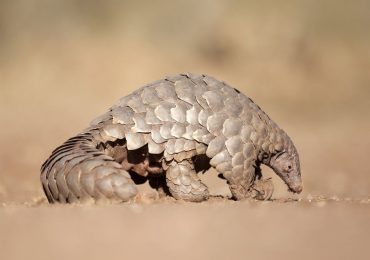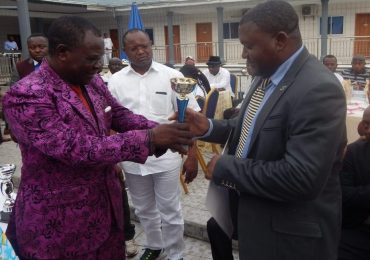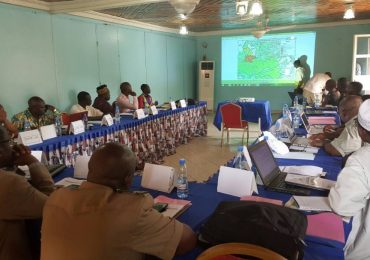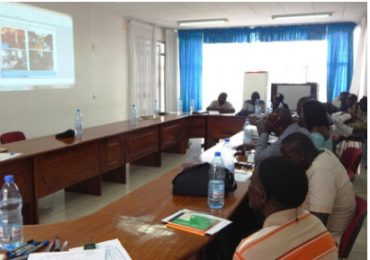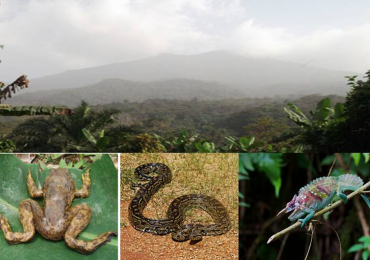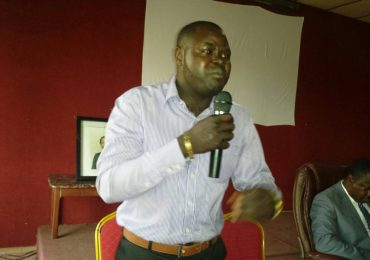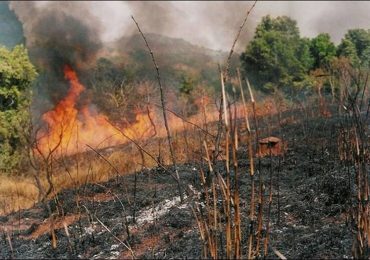There is an old adage, which says, “Where a road passes, development follows.” Though this sounds very appropriate for the very survival of human beings, it is unfortunately detrimental to natural resources, especially in areas rich in biodiversity. This is the case with the Bamenda-Mamfe-Ekok road stretch, constructed with the objective of contributing to increased trade and to the strengthening of co-operation between CEMAC zone countries and those of the ECOWAS zone in general and between Cameroon and Nigeria in particular.
By: Herman Deh Nji
The Bamenda-Mamfe-Ekok road stretch, completed in 2013 with support from the World Bank (WB) and African Development Bank (ADB), belongs to two geo-ecological zones of Cameroon, the monomodal forest zone for the Mamfe-Ekok section and the high plateau zone, where the Numba-Bachuo Akagbe section is located. The road cuts across two important forest concessions (FMU 11005 in the Mamfe-Ekok section and FMU 11002 in the Numba-Bachuo Akagbe section).
Reports from the Environmental Impact Assessment (EIA) conducted by the Department of Infrastructure (OINF) in the ministry of Transport, June 2007, showed that the road would have negative effects on the biological environment. Some of the negative effects noted are tree felling, some encroachments on forests belt, the destruction of some umbrella and fruit trees, cash crops, food crops and herbaceous and woody vegetation growing on the present road, constituting its principal landscape.
Ever since the road was constructed, the tropical Rainforest of the Southwest Region of Cameroon, hosting a variety of threatened wildlife species like the cross-river gorillas and Nigeria-Cameroon Chimpanzee, has been under severe threats. There is high demand for plantains, palm oil, Non-Timber Forest Products (NTFPs), amongst other crops; by Nigerian and Cameroonian traders who move right into villages with pick-up vehicles, in search of these farm and forest products. The busy nature of the road has boosted economic activities along the road stretch pushing villagers to exploit much forestland in order to cultivate cash crops, which have a ready market. In addition, with the increased trade brought about by the road, many farmers are trooping in from the Northwest region of Cameroon to buy large hectares of forestland for the cultivation of cash crops.
While some cash crops like plantains, bananas, and cassava can survive under trees, some such as oil palms and cocoa cannot, because they require enough sunlight. Farmers are therefore forced to cut down trees in their farms before cultivating their cash crops. In a socio-economic survey conducted in February 2017 by the Environment and Rural Development Foundation (ERuDeF)’s forestry staff, with support from the Waterloo Foundation, it was noted that palm oil is the most lucrative cash crop in terms of revenue and that large hectares of forestland are cut down every year for palm oil plantations.
Deforestation is therefore on a continuous rise each year in the remaining forests. Wildlife habitat is under severe threat, while the forest concessions are diminishing in size. This is very glaring in FMU 11002 and surrounding forests, which are illegally occupied by local community members. This is not only a problem to the company managing the forest concession, but the state that derives revenue from taxes on timber. It is worth noting that FMU11002 forms part of the wildlife corridor genetically connecting the cross river gorillas and Nigeria-Cameroon Chimpanzee of the Tofala Hill Wildlife Sanctuary and those of the Former Mone Forest Reserve.
With destruction of this wildlife habitat, there is great fear that the remaining populations of the threatened cross-river gorillas and Nigeria-Cameroon Chimpanzee will keep decreasing in number, leading to their extinction.
Though infrastructural development is most needed especially in our contemporary society, biodiversity, which also supports development and human wellbeing, is very crucial. There is need for balance between infrastructural development and biodiversity conservation. Aspects of Biodiversity need to be taken into consideration when designing development projects. Though environmental impact assessments are usually conducted at the start of such development projects, their recommendations often points to short-term mitigation measures. Therefore, broad base consultations are paramount to redressing the adverse effects of infrastructural development on the biological environment.


